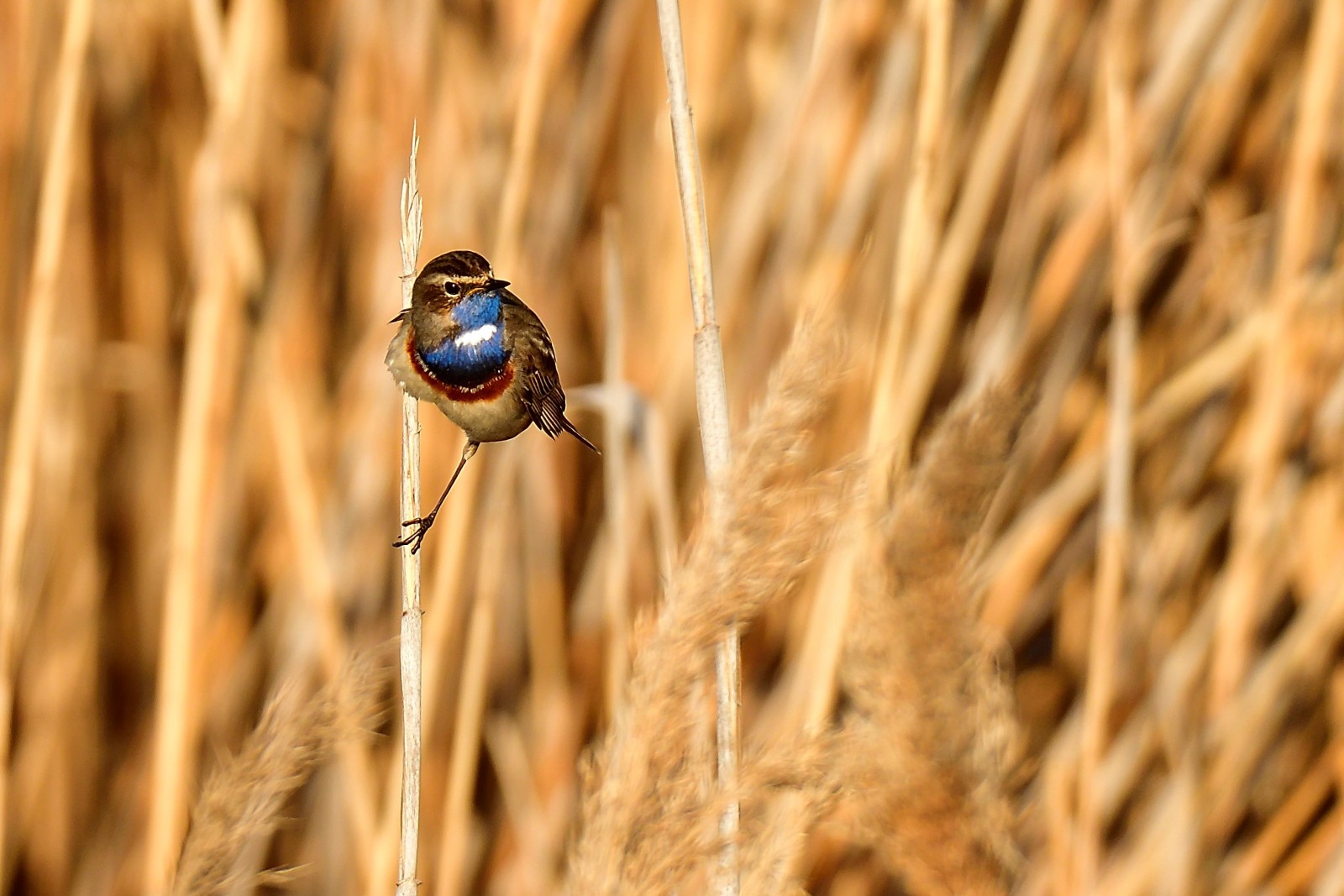Opis
This unique birding place (vogel.schau.plätze literally means “bird.watching.places”) consists of the settling and cooling ponds of a former sugar refinery, and is thus human-made. Located adjacent to the Morava-Thaya floodplains (a Natura 2000 site), the ponds have long been attractive secondary habitat for birds on migration (e.g. waders and warblers), and breeding species (e.g. podróżniczek) alike. Since the disuse of the ponds in 1996, the AURING Association has preserved this valuable wetland and continued to manage it in a way that benefits many endangered bird and amphibian species.
The vogel.schau.plätze boast the largest breeding population of podróżniczek in the province of Lower Austria, a colony of rybitwa rzeczna, a remarkably high density of warblers (especially łozówka and rokitniczka) and an overall high species diversity of breeding and migrating birds (around 250 species have been registered here so far).
Three birdwatching hides and one observation tower are spread throughout the site that covers a total of 55 hectares. The AURING Association also operates a bird ringing station every Friday to Monday from July through October. Visitors are welcome to watch the bird ringing and learn about the science conducted at the Biological Station.
Szczegóły
Dostęp
Accessible by train and car approx. 1 hour from Vienna. The area is best explored by bike or on foot. Click on the P in the map to get directions.
Teren i siedlisko
Tereny podmokłe , Las , Rolnictwo/uprawy , Rzadkie drzewa i krzewy , RzekaWarunki
Płaski , Bagienny , Otwarty krajobraz , Możliwy wysoki poziom wodyTrasa dookoła
NieCzy luneta będzie przydatna ?
Może być przydatnaUdany sezon obserwacyjny
Przez cały rokNajlepszy czas na wizytę
Lato , Jesienne migracje , Wiosenne migracjeTrasa
Droga utwardzona , Droga nieutwardzonaPoziom trudności szlaku pieszego
ŁatwyDostępne
Pieszo , Rower , SamochódCzatownia/platforma obserwacyjna
TakDodatkowe informacje
Visitor hours for the bird ringing station are Fri-Sun 7:00-17:00 and Mon 7:00-10:00 from July through October.
Birding excursions can be booked through the AURING Association under info(at)auring.at




